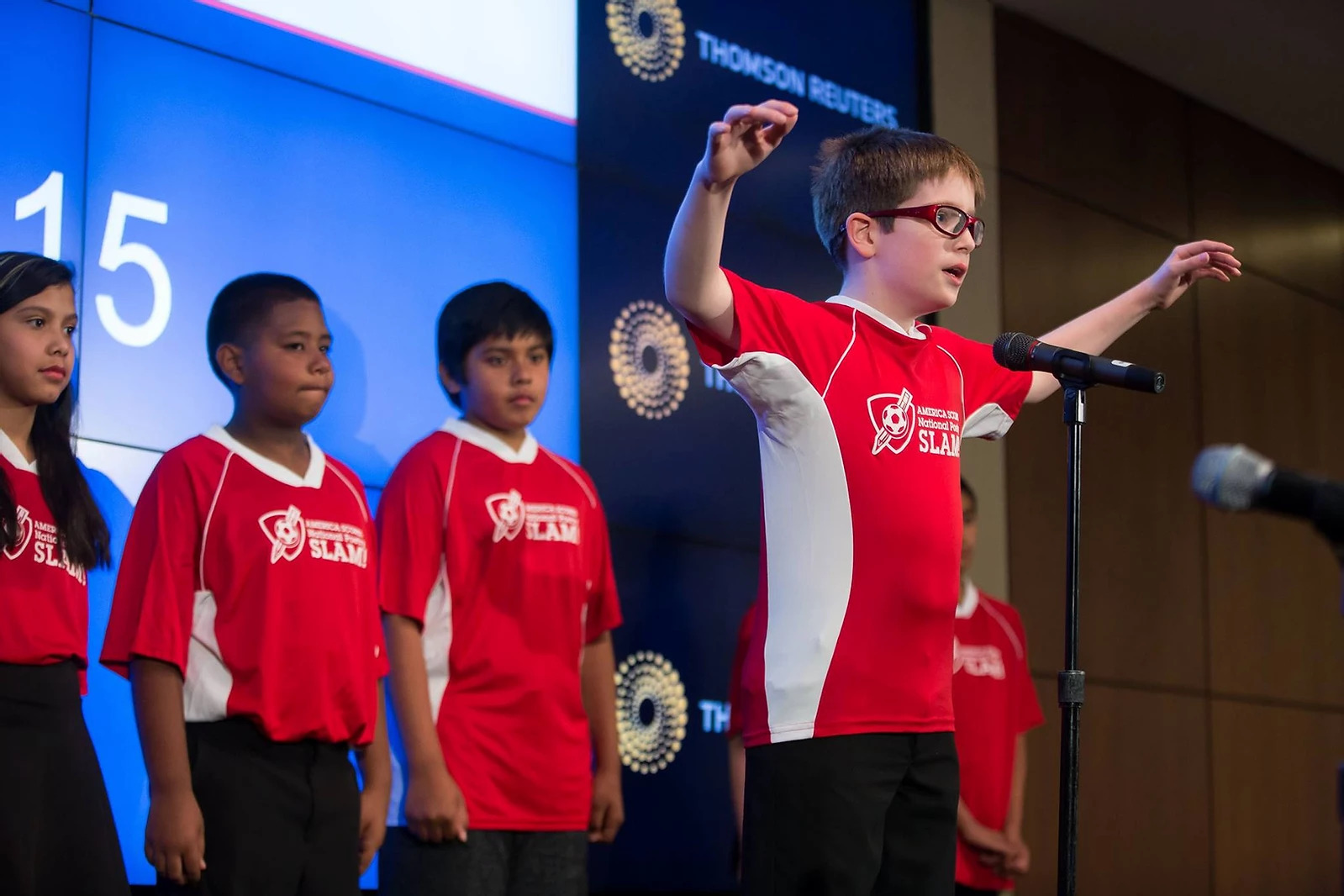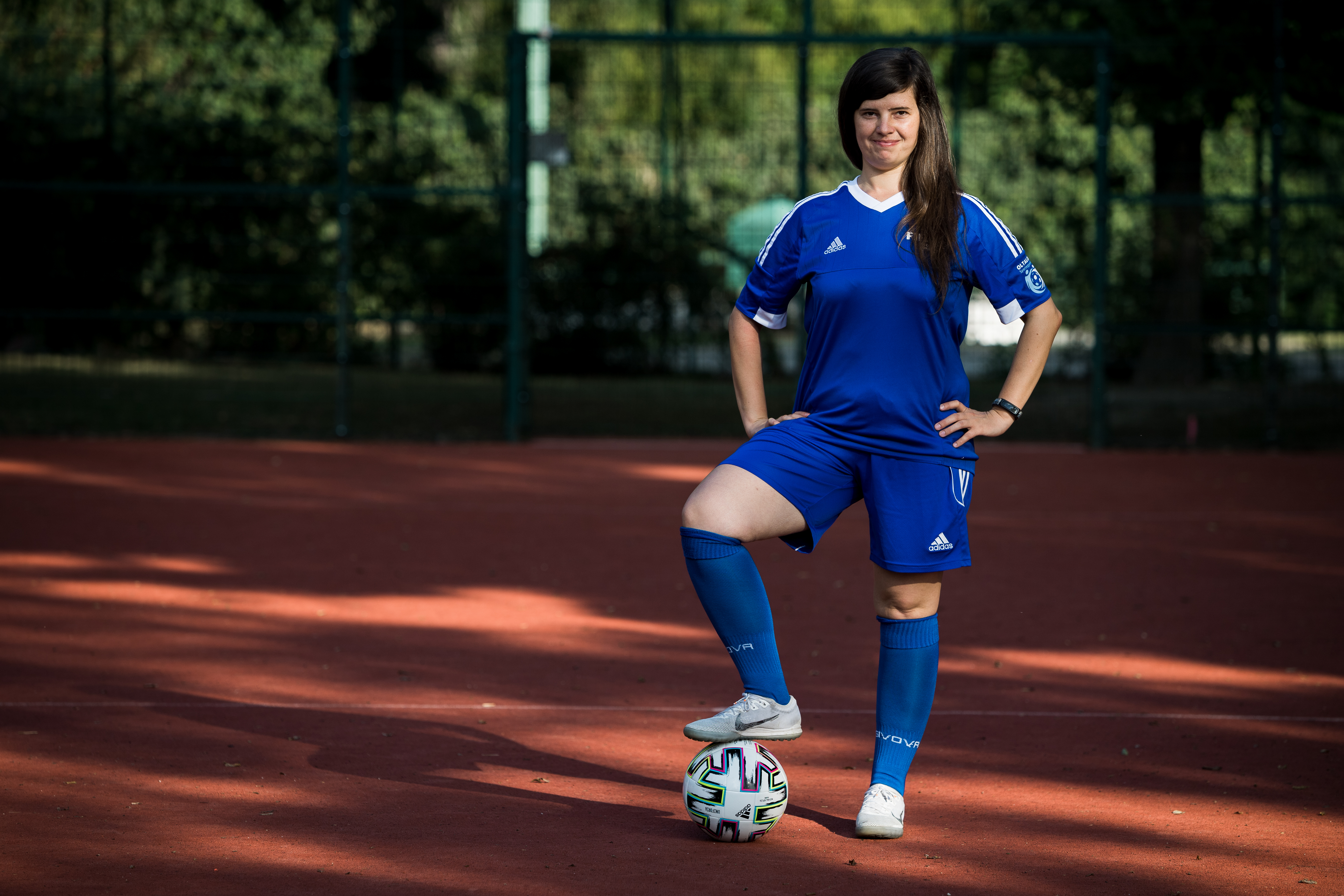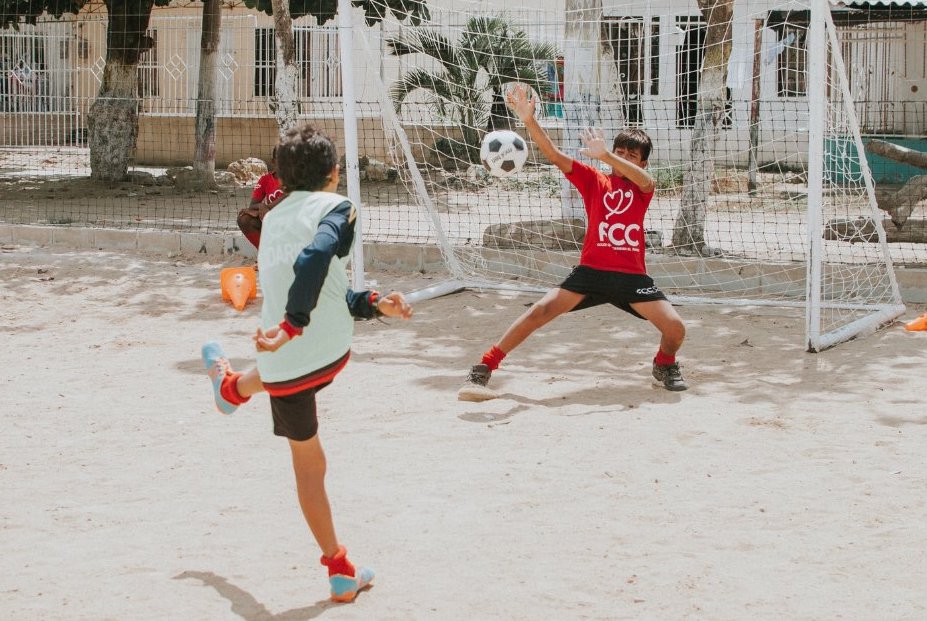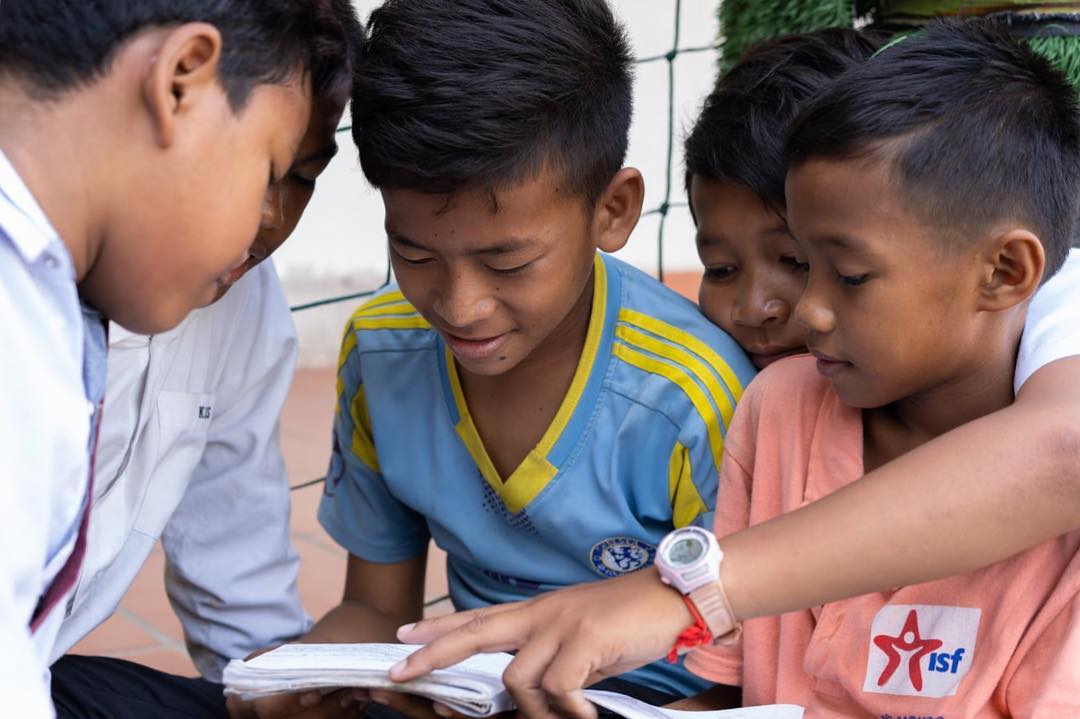A Footballing Brain: Educating Young People Through Football
Highlighting Football’s Contribution to Learning on World Education Day
From the late great Diego Maradona to players of more recent times like his Argentine compatriot Lionel Messi, football history has shown us that it is those players eqiupped with a so-called good “footballing brain” that tend to have the greatest success on the pitch.
But the same goes for us mere footballing mortals away from the field, with education generally being a key factor in dictating a person’s success and happiness in later life.
However, right now, according to The United Nations Educational, Scientific and Cultural Organization (UNESCO) 258 million children and young people do not attend school; 617 million children and adolescents cannot read and do basic math; less than 40% of girls in sub-Saharan Africa complete lower secondary school and some four million children and youth refugees are out of school.
For three years now, the Common Goal movement has helped build a bridge between the two worlds of football; whereby members of the professional football industry pledge 1% of their annual salaries towards football based community organisations around the world.
These organisations use football as a tool to help promote education among their young participants and to help them achieve the educational level expected of them at their age that for a wide variety of factors would not have been possible otherwise.
Today, the 24th January marks International Day of Education, is a day used to highlight the plight of the millions of children around the world in desperate need of educational provision in order to achieve Global Goal 4: Quality Education.
In honour of this, here are just a few examples fom a number of football-based community organisations Common Goal has partnered with who harness the power of the beautiful game to achieve Global Goal 4 – which due to the global pandemic has become even more difficult.
The Goal, South Africa
.jpg)
In certain neighbourhoods in Johannesburg, the lack of safe spaces for children after-school leaves them susceptible to teen violence, drug abuse, and bullying. Additionally, in these areas, children’s reading scores are on average much lower.
Recognising a way to shield the children from negative influence while addressing their literacy rates, The Goal added the INFINITY Reading after-school programme with a focus on improving reading skills and vocabulary.
“Reading is a crucial life skill in our city and we believe the more we get to invest in helping our participants read the better they are able to navigate their lives,” said founder of the organisation, Hubert Tiger.
“Reading is the right of every child and its one of the most effective ways to build self-confidence.
“We have seen how our children light up when they are able to read and better yet - comprehend what they are reading.”
The participants in the afterschool programme spend three days a week working on their reading speed, comprehension, vocabulary and spelling.
With the lockdown in South Africa set to continue until February 15, the organisation has had to get creative with how best to serve the learners who are struggling with their reading.
“These constraints have helped us to make some short videos to help parents teach the beginners and grad level the sight words and phonetics for reading,” said Hubert.
Canada Scores Vancouver, Canada

In British Columbia, Canada, 20% of all children are falling below the expected level for reading by age 13 with one in five children living below the poverty line.
Canada SCORES Vancouver (CSV) works together with schools in Vancouver and the wider area to provide children with high-quality football, literacy and community engagement programmes.
The organisation’s programmes use football to promote values like teamwork and sportsmanship, and foster healthier lifestyles.
Participants take part in creative writing and language classes, and through mentoring from their coaches, develop and implement a community service of their very own.
As a result the impact of football on CSV participants encourages them to experience better self-esteem and demonstrate increased language proficiency throughout and following their time on the programme.
Slum Soccer, India
.jpg)
In India, there are roughly 170 million people who live on the streets with no place to call home – accounting for 17% of the world’s slum population.
Many of these are children who due to socio-economic reasons are being denied the right to a quality education.
Through its Edukick programme Slum Soccer targets young people from these underprivileged sections of society who are underperforming at school and help them better their academic performances while increasing their confidence in learning.
“Edukick teaches mathematics and English through football and important life skills to fourth standard children like those who are studying in government schools with locations in slum communities in Nagpur and also Delhi and Mumbai,” said Pankaj Mahajan, programme officer at Slum Soccer.
The programme comprises of football-based games that help to teach children the fundamentals of English and maths and to spark an interest towards the classroom learning of these subjects.
To date, more than 3000 students have shown increased interest and improved academic performance in both mathematics and English and displayed improvements in their ability to communicate and problem solve.
Oltalom Sports Association, Hungary

Young people in Hungary face a number of challenges, growing up with high rates of youth unemployment and limited access to higher education, which can often lead to issues with drug and substance abuse.
For more than 10 years, Oltalom Sport Association has been using sport as an innovative educational tool, providing the opportunity for hundreds of people yearly to flourish both mentally and physically in their free training sessions.
The organisation combines football and sport with job training seminars, further education classes and English lessons to help young participants further their social development and improve their futures.
“In my past I had some mental health issues, and spent a lot of time in hospital. It was an incredibly difficult time,” said young participant at Oltalom, Mária Hornyák.
“At Oltalom I was made a part of a programme to help young people like me gain the skills necessary to seek and find employment through a football and employability programme.
“Thanks to the skills I developed I now work part-time sewing clothes for a small company that hires people with learning difficulties. My dream one day is to sew the jerseys of professional footballers!”
Fútbol con Corazón, Columbia

One out of three Colombians live in poverty, while 65% of young people drop out of school. This leads to a high proportion of these young people being recruited by gangs or forced into prostitution.
Through football, Fútbol con Corazón (FCC) trains young leaders as football coaches to help positively impact the youth in their communities by educating and empowering boys and girls towards making better life choices.
It envisions a world of empowered and educated young leaders making appropriate life decisions that can uplift their communities and create sustainable social transformation through football centred education.
Indochina Starfish Foundation, Cambodia

Founded in 2006, Indochina Starfish Foundation (ISF) believes that Cambodian children living in extreme poverty can build a brighter future, where they have access to quality education, healthcare and sport.
Through an accelerated Education Programme, ISF gives children who have never been to school the opportunity to complete two years of ‘standard’ education in one school year.
Based in Phnom Penh, ISF currently works with more than 60 schools, community organisations and NGOs, as well as the Football Federation of Cambodia (FFC) and Asian Football Confederation (AFC), to develop grassroots football and build football for good coaching capacity in Cambodia.
The ISF boasts a success rate of 98% of its participants progressing to the next grade as well as 443 students completing state school education.